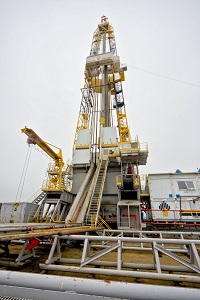
Tyumenneftegaz, a Subsidiary of Rosneft, drilled 15 downhole splitters at Russkoe field in 2018, which is 30% more year-on-year. All the drilled horizontal wellbores and laterals are over 16 000 km in length. This technology enables increasing a start-up oil rate by 20-30%, as compared to a conventional horizontal well.
Given geology of Russkoe field, the downhole splitter construction is the most efficient option. Although the well drilling and completion process requires deploying advanced technologies, the cost of such wells turns out to be considerably lower than that of individual well construction or sidetracking. A well of such design provides a significantly wider coverage of net oil pays vs. a conventional horizontal well. The laterals can extend in any direction from the horizontal wellbore and drill in certain oil bearing intervals without disturbing the designed well pattern. Over the past three years, Russkoe field saw a 30% increase in the commercial drilling speed and a 16% reduction in the drilling cycle, which enabled meaningful well construction cost savings.
The achieved results confirm that the fishbone drilling technology has been successfully adapted to the conditions of Russkoe field. The Subsidiary intends to drill over 100 fishbone wells in the mid-term.
The introduction of new well drilling and completion technologies is one of the priorities in implementing the Rosneft 2022 Strategy. The Company not only constructs wells of new design, but also uses more effective drilling muds, contributes to the development of domestic drilling equipment and implements new technologies.
For reference:
Tyumenneftegaz, a Subsidiary of Rosneft, is engaged in developing Russkoe field which is located in the east of Yamalo-Nenets Autonomous District.
Work is ongoing at the field to construct a Central Production Facility which shall include oil treatment facilities for ensuring oil market quality.
Rosneft
Information
Division
March 11, 2019
